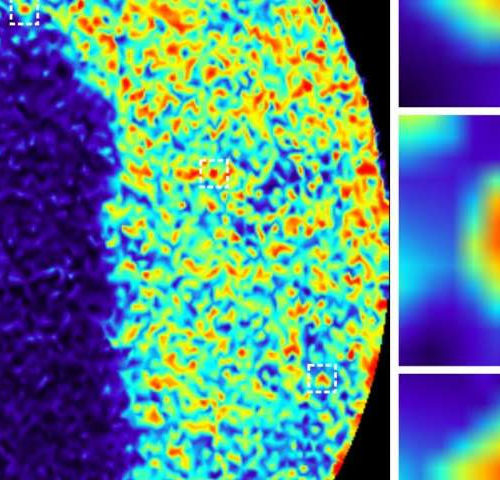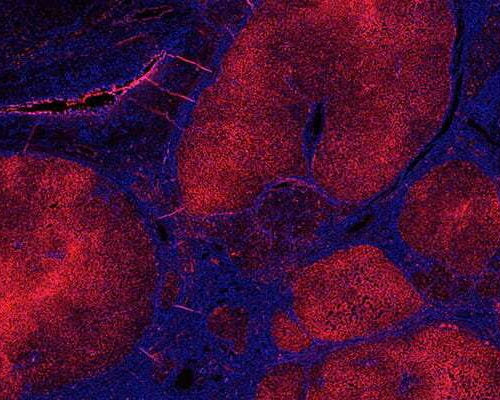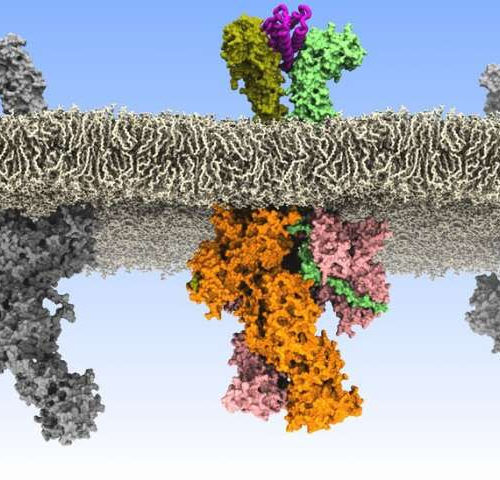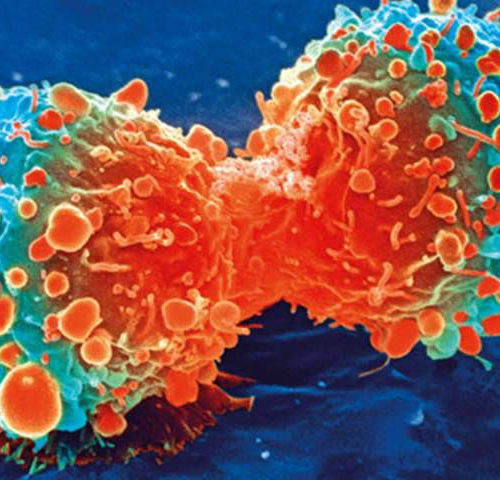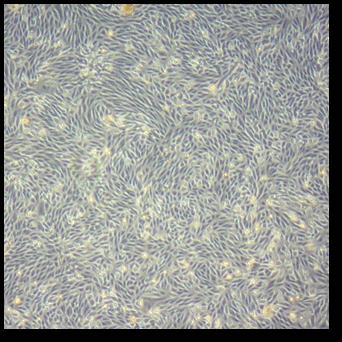by University of New Hampshire The phrase “Pavlov’s dogs” has long evoked images of bells, food and salivating dogs. Even though this tried-and-true model of repetitive patterns mimics a variety of learning processes, what happens on a cellular level in the brain isn’t clear. Researchers at the University of New Hampshire took a closer look...
Two enzymes control liver damage in NASH, study shows
by University of California – San Diego As much as 12 percent of adults in the United States are living with nonalcoholic steatohepatitis (NASH), an aggressive condition that can lead to cirrhosis or liver cancer. After identifying a molecular pathway that allows NASH to progress into liver cell death, University of California San Diego School...
Scientists discover how rogue communications between cells lead to leukemia
by University of York New research has deciphered how rogue communications in blood stem cells can cause leukaemia. The discovery could pave the way for new, targeted medical treatments that block this process. Blood cancers like leukaemia occur when mutations in stem cells cause them to produce too many blood cells. An international team of...
Natural compound in vegetables helps fight fatty liver disease
by Paul Schattenberg, Texas A&M University A new study led by Texas A&M AgriLife Research scientists shows how a natural compound found in many well-known and widely consumed vegetables can also be used to fight fatty liver disease. The study demonstrates how non-alcoholic fatty liver disease, or NAFLD, can be controlled by indole, a natural...
New method to detect early-stage cancer identified
by Georgia State University A new method to detect cancer in its early stages using a targeted MRI contrast agent that binds to proteins has been identified by a team of researchers led by Georgia State University Regents’ Professor Jenny Yang. In their study, published in the journal Science Advances, Yang and her colleagues at...
YOUNG PEOPLE WITH DIABETES ARE 3X MORE LIKELY TO ATTEMPT SUICIDE
FABIENNE LANDRY-MCGILL “Having a chronic illness like diabetes adds complexity to this stage in a very challenging way.” The risks of psychiatric disorders and suicide attempts are substantially higher for young people from 15 to 25 years old with type 1 diabetes, a new study shows. Researchers looked at the risk of psychiatric disorders in...
Kidney stem cells can be isolated from urine
Publication in Scientific Reports HEINRICH-HEINE UNIVERSITY DUESSELDORF Researchers from the Institute for Stem Cell Research and Regenerative Medicine (ISRM) at the medical faculty of Heinrich Heine University-Duesseldorf under the directorship of Prof. Dr. James Adjaye have developed a protocol for the reproducible isolation and characterization of kidney stem cells, urine derived renal progenitor cells (UdRPCs)...
Scientists find RNA affecting skin cancer progression
PRECSIT promotes growth and spread of cutaneous squamous cell carcinoma UNIVERSITY OF TURKU Researchers at the University of Turku, Turku University Central Hospital, and Western Cancer Center (FICAN West) have discovered a new RNA molecule, PRECSIT, which regulates the growth and invasion of squamous cell carcinoma of the skin. In the future, PRECSIT could potentially...
Yale studies suggest new path for reversing type-2 diabetes and liver fibrosis
YALE UNIVERSITY New Haven, Conn. — In a pair of related studies, a team of Yale researchers has found a way to reverse type-2 diabetes and liver fibrosis in mice, and has shown that the underlying processes are conserved in humans. The studies appear in the Feb. 4 edition of Cell Reports and in the...
Scientists find new ways to prevent skin scarring
by Oxford University Press A new study in Burns & Trauma, published by Oxford University Press, reveals promising new strategies to prevent skin scarring after injuries. While scars are common when wounds heal, hypertrophic scarring is a skin condition characterized by deposits of excessive amounts of collagen. This results in a thick and often raised...

